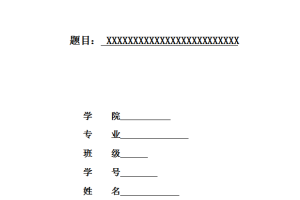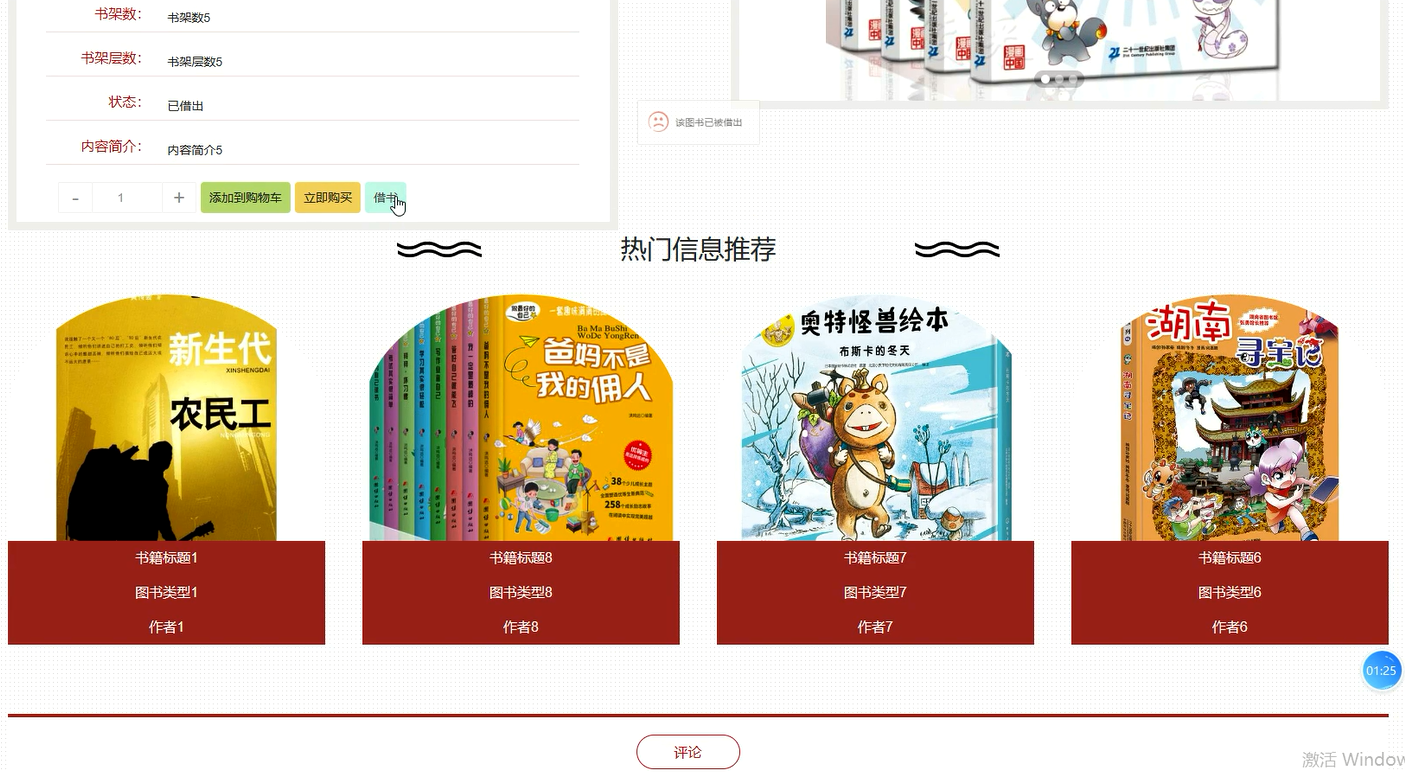我国外汇储备现状及发展
摘 要:截至2013年4月末,中国的外汇储备已经增加到3.91万亿美元,巨额的外汇储备加剧了汇率、财政、通胀和政治等外汇管理风险,而要规避这些外汇管理风险需要实施如主权财富基金的战略投资、藏汇于民、外汇储备多元化和扩大内需等有效措施。本文分析了我国外汇储备的规模和结构,提出了存在的问题,最后给出了一些降低外汇储备风险的建议,对我国外汇储备政策的改革有一定的指导意义。我国持续的贸易顺差也暗示着外商投资结构存在一定的不合理性,外商投资规模应有所控制。我们可以结合国内产业结构调整政策,分阶段及时修正我国的出口退税、关税、外资优惠、所得税等外贸外资政策,来优化进出口结构,调整外国直接投资的规模和结构。如可以采取降低或停止高能耗、高污染、资源性产品的出口退税、提高外资企业所得税率、逐步取消外资优惠待遇等具体措施来加以调整。改善贸易顺差局面,实现国际收支平衡,直接反映在国家应适当扩大进口、减少出口。在外汇储备持续增加的情况下,可适当考虑放开国内紧缺资源的物资进口配额、降低进口税率、鼓励进口紧缺资源物资,扩大进口先进技术、先进设备的免税范围,鼓励企业大量进行技术改造,促进国内产业结构调整和技术进步,从而扩大进口。同时尽量减少国内资源性、或资源高消耗类的产品出口。
关键词:外汇储备;原因;对策;分析
Abstract
China’s continued trade surplus implies that the structure of foreign investment there is a certain irrationality, the scale of foreign investment should be controlled to some extent. We can combine the domestic industrial structure adjustment policies, phased timely correction of China’s export tax rebates, tariffs, foreign concessions, income tax and foreign trade and investment policies, to optimize the structure of imports and exports, and to adjust the size and structure of foreign direct investment. As can be taken to reduce or stop the high energy consumption, high pollution and resource products export tax rebate, to improve the foreign enterprise income tax rate, phasing out of the foreign preferential treatment specific measures to be adjusted. Improve the trade surplus situation, the international balance of payments, directly reflected in the country should be appropriate to expand imports, reduced exports. In the case of foreign exchange reserves continued to increase, may be appropriate to consider the material import quotas release scarce resources, reduce import tariffs to encourage imports of scarce resources supplies to expand the scope of the tax exemption for the import of advanced technology and equipment to encourage a large number of enterprises to carry out technological transformation, promote domestic industrial restructuring and technological progress, in order to expand imports. Domestic resources, while minimizing or the resources high consumption exports.
Key word: Foreign exchange reserve; reason analysis; countermeasure;
目 录…………………………………………………………………………………………………….. 3
1绪论……………………………………………………………………………………………………… 4
1.1论文研究的理论意义与应用价值…………………………………………………. 4
1.2 国内外研究现状…………………………………………………………………………. 6
1.2.1国内研究现状……………………………………………………………………. 6
1.2.2国外研究现状……………………………………………………………………. 7
1.3 论文研究主要内容及拟解决的关键问题……………………………………… 8
2我国外汇储备的基础理论概述………………………………………………………………. 8
2.1外汇储备的概念………………………………………………………………………….. 8
2.2我国外汇储备的特征…………………………………………………………………. 11
2.3外汇储备的作用………………………………………………………………………… 12
2.3.1维持国际支付能力,调节国际收支………………………………….. 12
2.3.2干预外汇市场维持本国货币汇率稳定………………………………. 13
2.3.3提高本国货币的信誉增强向外借款的信用保证………………… 14
2.4我国外汇储备增长的影响…………………………………………………………………. 14
3我国外汇储备现状………………………………………………………………………………. 15
3.1外汇储备的持续增长也将使贸易摩擦加剧………………………….. 15
3.2高额外汇储备加剧通货膨胀压力………………………………………… 18
3.3外汇储备的迅速增长影响出口竞争力…………………………………. 19
3.4高额外汇储备增加了储备资产管理风险……………………………… 20
4我国外汇储备发展中存在的问题…………………………………………………………. 22
4.1我国的外汇储备规模过大,提高机会成本…………………………………. 22
4.2现行的外汇管理制度,增加通货膨胀压力…………………………………. 22
4.3结构相对单一,增大了储备风险……………………………………………….. 22
5解决我国外汇储备增长的对策及分析………………………………………………….. 23
5.1实施积极的外汇储备管理政策…………………………………………………… 23
5.2 加快外汇管理体制的改革…………………………………………………………. 23
5.3 提高外汇储备在国内的运用效率………………………………………………. 24
5.3.1主权财富基金的战略投资………………………………………………… 24
5.3.2藏汇于民…………………………………………………………………………. 24
5.4 完善现行人民币汇率制度………………………………………………….. 25
5.4.1调整外汇储备结构…………………………………………………………… 25
5.4.2推进人民币国际化…………………………………………………………… 25
5.4.3增加战略物资进口和对外投资…………………………………………. 26
6.结论……………………………………………………………………………………………………. 26
参考文献……………………………………………………………………………………………….. 28
致谢………………………………………………………………………………………… 30





